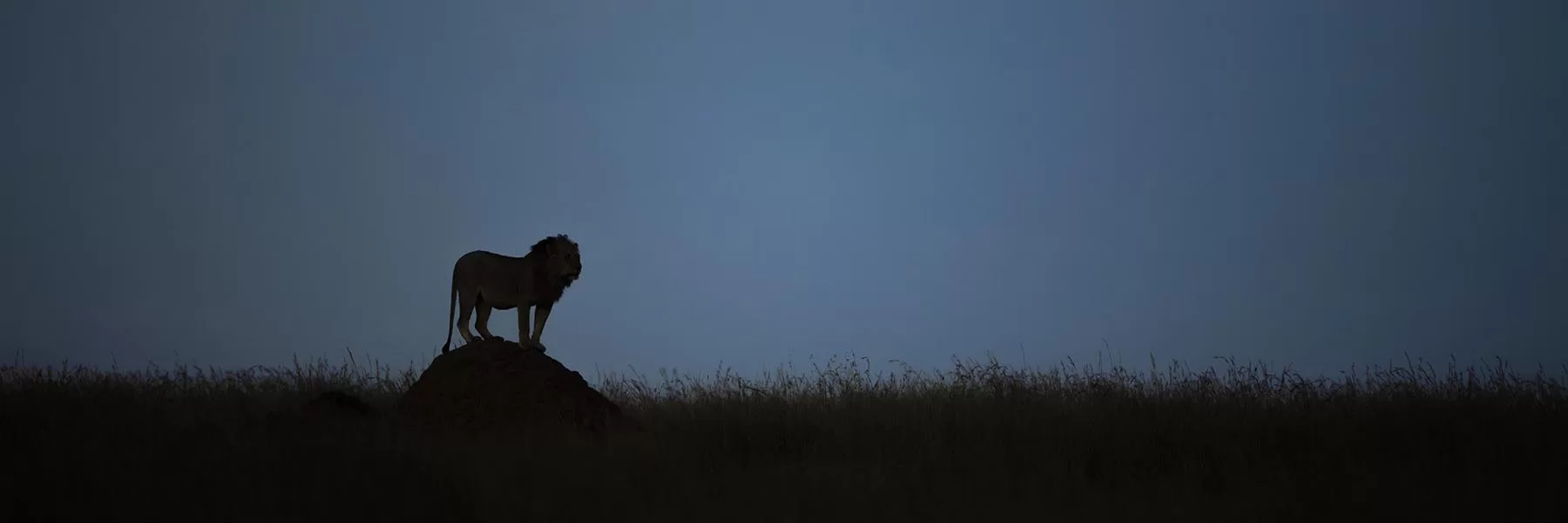Masai Mara of Kenya is a contiguous ecosystem with Serengeti National park of Tanzania, this Mara-Serengeti ecosystem together occupies about 25,000 Sq km of area, which is more than many countries. This ecosystem is home to the great migration, touted as a top wonder of the natural world. Masai Mara in Kenya forms the northern part of that ecosystem and occupies about 1500 Sq Km of area.
This greater Mara ecosystem in Kenya consists of Masai Mara National Reserve, Mara Triangle and many conservancies, which are essentially Masai community owned lands. The Masai Mara national reserve is owned by the government and also controlled by the government, and colloquially that is what most people refer as “Masai Mara”. However these conservancies are also an important part of this ecosystem and they are also rich in wildlife, and these host some of the top of the line lodges in Mara. In this blog we share more details about the conservancies in the greater Mara ecosysteliom and the properties in each conservancy.

Masai Mara Conservancies Map
NORTH MASAI MARA
- Mara Naboisho: The Mara Naboisho Conservancy, a sprawling area of 50,000 acres, is located in Kenya. Bordering the Mara Naboisho National Reserve, this conservancy acts as a buffer in the ecosystem and extends the wildlife protection to areas outside the reserve. Common species here include gazelles, zebras, giraffes, impalas, hippos among other herbivores. The area also houses big cats like lions, leopards, cheetahs, and hyenas. Rare species like honey badgers, caracals, aardvarks, and aardwolves also find their home here. Birdwatchers visiting here are in for a treat as they can sight rare bird species like Pigmy Falcon, Northern White-Crowned Shrike, Buffalo-weavers, Bush Pipits, and Deckens Hornbills. The conservancy strictly restricts footfall by reducing the number of vehicles that enter this area and thus ensures minimum human impact on the ecosystem and wildlife. The conservancy provides livelihood to more than 500 local landowners through employment, healthcare, clean water, schools, and other community projects. A major chunk of the conservancy fee is also channeled into the community, helping this project become more sustainable. The conservancy has different accommodations in the form of camps- Encounter Mara, Naboisho Camp, Kiecheche Valley Camp, Basecamp Eagle view, Ol Seki Mara Camp, and Basecamp Wilderness spread throughout the 50,000 acres.
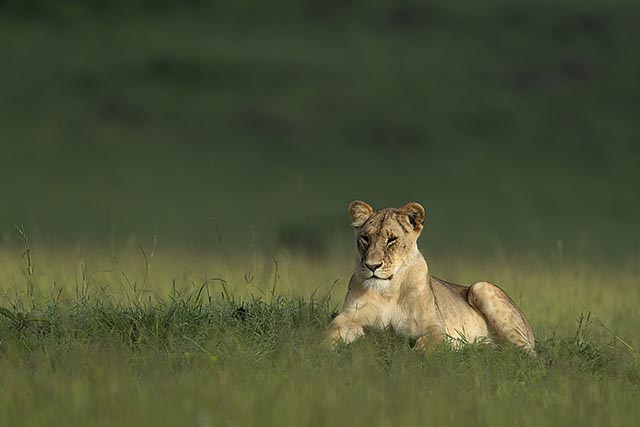
- Mara North: Formerly known as Koyaiki Lemek Conservation Area, the Mara North Conservancy (MNC) is a not-for-profit organization, a partnership between the 800+ landowners and an eleven-member camp. This conservancy is spread over 70,000 acres and increases the size of Masai Mara National Reserve by about 21%. The conservancy is a key dispersal zone for the annual “Great Migration” when species such as zebras and wildebeests traverse this area. The ecology also provides habitat to a plethora of herbivores and predators. Most notable amongst these are lion, leopard, rhino, elephant, and African Buffalo, or the Big 5 predators. Many threatened and critically endangered species also find their home here. 700 rooms are spread across the 70,000 hectares, in between twelve member accommodations. Patrons here can participate in safari activities that aren’t allowed inside the reserve, like bush walks and night game drives. The revenues derived from conservancy fees are plugged back into the community and for protection and conservation of wildlife. The accommodations include 12 camps, namely- Kicheche Mara Camp, Mara Acacia Bush House, Mara Rianta Camp, Mara Bush House, Karen Blixen Camp, Offbeat Mara Camp, Royal Mara Safari Lodge, Elephant Pepper Camp, Saruni Mara, Ngare Serian, Saruni Wild and Serian
- Olare Motorogi: This conservancy borders the Masai Mara Game Reserve. It is the site where two sub-conservancies- Olare Orok and Motorogi merge. Spread across 35,000 acres of land, this pristine facility provides a rich habitat to the countless species that find their home here. It covers the lower river valleys of Ntiakitiak and Orok rivers, and the associated escarpment, which is 12 km long. This buffer zone includes migratory corridors for species such as the wildebeest. Several prides of lions, many elephants, and endangered species like wild dogs and rhinos roam these lands. The success of Olare Motorogi has served as a model for other community conservancies, helping protect the ecological balance of hundreds of thousands of acres collectively. The conservancy greatly limits tourist movement and has 52 rooms, 1 per over 650 acres in between six-member accommodations, namely Mahali Mzuri, Porini Lion Camp, Mara Plains Camp, Olare Mara Kempinski, Mara Expedition Camp, and Kicheche Bush Camp. The conservancy ensures that the environmental footprint is kept to a minimum by enforcing strict environmental policies. The Olare Orok and Motorogi Trust help spread the benefits of conservation to the entire community.
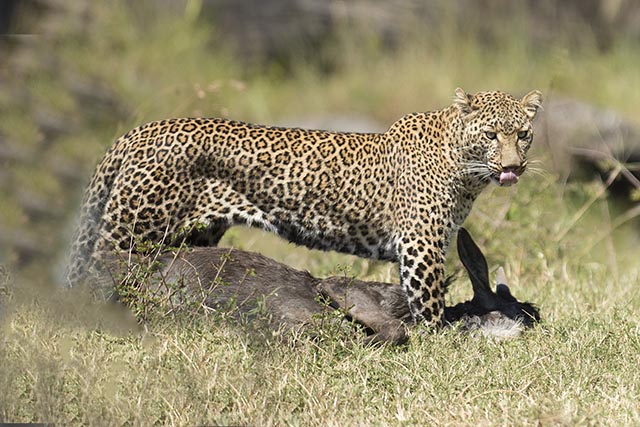
- Ol Kinyei: The Ol Kinyei conservancy is located within the Serengeti-Mara ecosystem of Kenya, spread across 18,700 acres. It is prominent for its breath-taking scenery, flowing streams and rivers, and rugged terrain. The area is teeming with lions, leopards, cheetahs, giraffes, elephants, and Cape buffalo. This conservancy is a great location to witness the Serengeti Wildebeest migration. Apart from these, many reptilian, mammalian and avian species also inhabit this area. The livestock exclusion zones, designated by landowners promote the conservation of flora and fauna and their pristine habitat. 90% of the staff here are landowners, who are also paid for leasing their land to guest camps. This ensures that the community is also benefitted. The conservancy ensures a low density of tourists; there are just 15 rooms here, meaning 1 room per 1150 acres, in between two member accommodations- Ol Kenyei Gamewatchers Adventure camp and Porini Bush Camp.
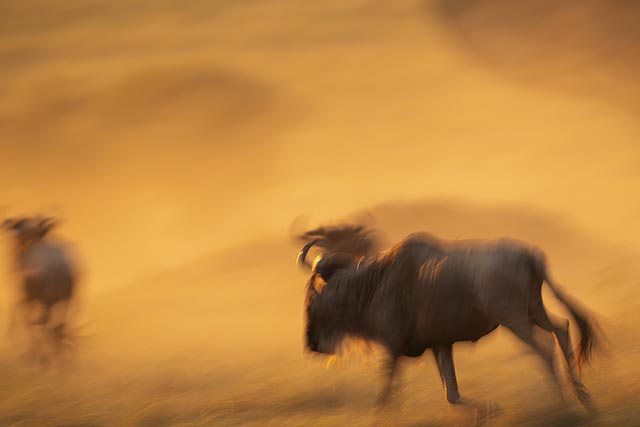
- Ol Choro Oiroua: This conservancy covers 17,000 acres and is located in the Northern part of the Masai Mara national reserve. It is managed by Seiya Limited, under the guardianship of Fairmont, Kenya. The waste management practices followed here are inspirational; recyclable waste gets transformed into arts and crafts, like handicraft, jewellery, and sculptures. This endeavour solves two purposes- it generates income for the indigenous people and minimizes pollutants that would otherwise affect the land-based and aquatic flora and fauna. The earnings from tourism help finance wildlife protection, security, maintain the infrastructure, and providing education. Enkerende School is a primary school established for the local Masai children from the funds generated by the conservancy. In terms of wildlife, elephants frequently roam this area, as well as an occasional pride of lions. The conservancy has 65 rooms, 1 per 250 acres in between three-member accommodations, namely Richard’s Forest Camp, Fairmont Mara Safari Club, and Ngerende Island Lodge.
- Lemek Conservancy: Lemek Conservancy, with an area of about 19,000 acres is one of the best game viewing areas in Masai Mara. Some part of Lemek’s land was merged with Mara North, which led to a trimming down of its area. The lands were previously owned by Masai families but have since then become the property of Koyaiki Ranch. Many different species of herbivores, carnivores, and birds can be found here. Activities include the classic game drive, night game drive, and off-the-track safaris. The local wildlife habitats are endangered due to instances of encroachment by the locals. In this regard, the local authorities are doing their best to balance the needs of the local community and conservation of the ecosystem. Sprawling grasslands, dotted with trees provide an excellent spot for game viewing. Leopards and wildebeests are the most common species here. There are two mid-level accommodations, the revenues from which help finance the needs of local communities. The conservancy has 87 rooms, 1 for every 200 acres in between two member accommodations- Mara River Lodge and Enkerende Tented Camp.
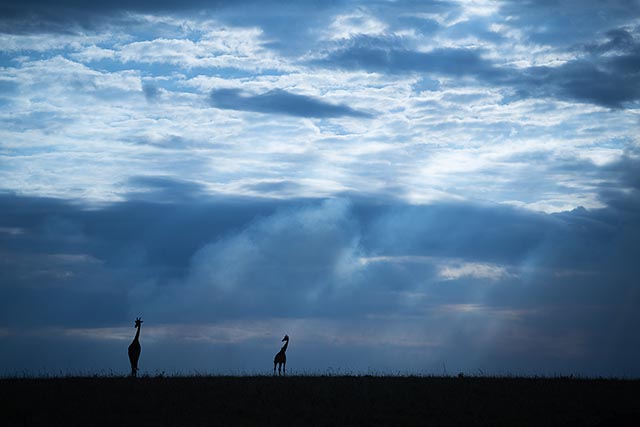
SOUTH MASAI MARA
Olderikesi Conservancy: Nestled between Masai Mara National reserve and Loita Hills, this sprawling, 24,700-acre conservancy is a crucial wildlife corridor. The Olderikesi ecosystem comprises of riverine valleys, grasslands, woodlands, and forests, that provide habitat to numerous wildlife species, like wild cats, elephants rhinos, giraffes, gazelles, bushbucks, impalas, wildebeests, and wild dogs. To preserve the migration corridor, a “no-cattle” zone has been established to prevent overgrazing. The Cottars Wildlife Conservation Trust implements many community services to ensure that local livelihoods are maintained. They have built schools, medical facilities, security stations, water troughs for cattle, and installed radio networks throughout the conservancy area. The trust employs rangers to look after the wildlife and ensure that they can flourish. Anti-poaching protocols and canine units have been set up to fight illegal wildlife trade. The conservancy provides a low-density experience by having just 20 rooms (1 per 2000 acres) in between two member accommodations- Cottar’s Private homestead and Enkewara Mara Camp.
EAST MASAI MARA
Siana Conservancy: Mara Siana Conservancy (MSC) is a 29,000-acre conservancy, still in its nascency, but growing speedily, thanks to investments totaling 300 million Kenyan Shillings, or $4.5 million. Siana is far less crowded than the Masai Mara national reserve, and thus preserves its pristine condition. This conservancy is home to various wildlife species like buffalos, giraffes, gazelles, zebras, elands, elephants, and hartebeests. The area is also teeming with predators like lions, cheetahs, hyenas, and leopards. Wildebeests also roam the conservancy; calving happens in January and February. The conservancy model here encourages communities to protect wildlife and ensure equitable sharing of economic benefits arising from tourism. Guests in Siana Conservancy also enjoy encounters with the local Masai. Several research projects happen here, for example, Mara Predator hub studies lions, cheetahs, and wild dogs. As of now, accommodations are limited to three camps- Siana Springs tented camp, Mara bushtops, and Leleshwa camp, although efforts are underway to expand accommodation here.
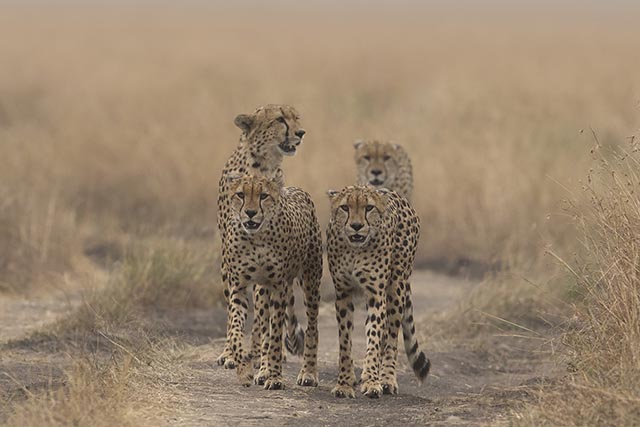
WEST MASAI MARA
Mara Triangle: Mara Triangle is a 126,000-acre area wedged between the Serengeti National Park, the Mara River, and the Oloololo Escarpment towards the west. It is managed by a not-for-profit conservancy company founded by indigenous Masai communities. The river acts as a natural fence to keep most of the wildlife inside the triangle, where they can roam freely. The triangle is an entry and exit point of the Great Wildebeest Migration, making this site a prime location for viewing this amazing wildlife spectacle. The Mara Triangle has a launch site for hot air ballooning, an activity that treats visitors to the most spellbinding scenery and being able to do wildlife spotting while in the air. A unique experience that isn’t allowed anywhere else in the reserve, adventurous visitors can partake in camping in the wilderness. A wide variety of wildlife, like lions, hippos, crocodiles, cheetahs, jackals, waterbuck Thomson gazelles find their home here. Many camps on the park’s periphery offer accommodation and game drives- Mara Angai Wilderness Lodge, Kichwa Tembo, Bateleur Camp, Angama Mara, Kilima Camp, Mpata Safari Club, and Sanctuary Olonana.
We hope you enjoyed learning more about this crown jewel of Africa’s wildlife. To plan your African safari at the Mara, reach out to our travel experience designers at [email protected]
If you loved reading this story, then subscribe to our blog here (it will ask to verify your email) to get inspiring travel stories and trivia delivered to your email. Stories about wildlife trivia, cultural experiences, curated luxury hotel lists, underrated places to travel, polar journeys and much more.


